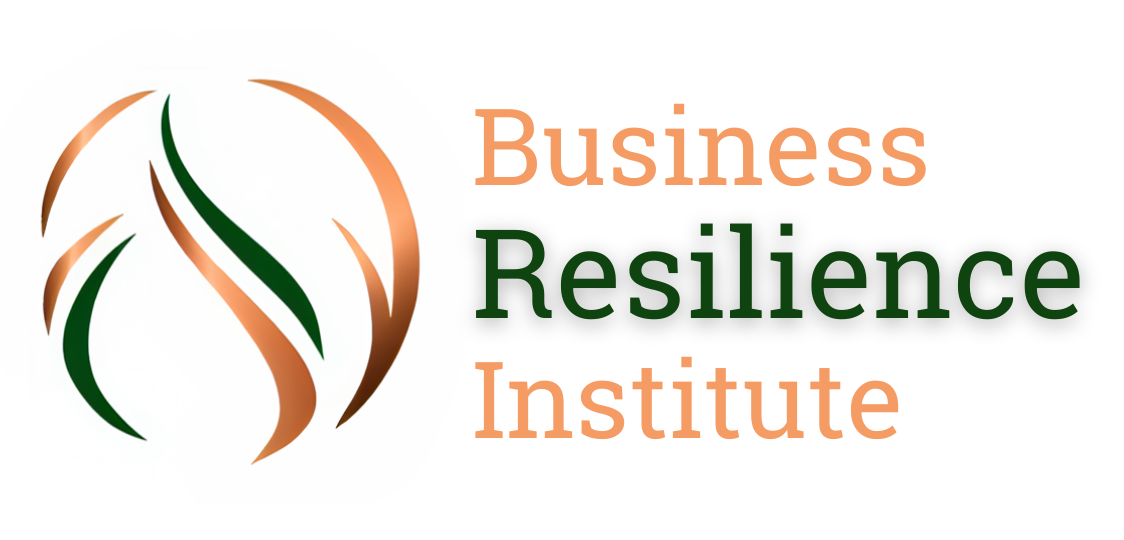Understanding Business Resilience
Business resilience is a strategic imperative that enables organizations to withstand, adapt to, and recover from disruptions and adversities, ensuring continuity and sustainability in operations. It is a concept that sits atop a hierarchy of organizational capabilities, each level building upon the foundation laid by the previous one. This hierarchy includes quality, efficiency, agility, and resilience, each playing a critical role in shaping an organization’s ability to thrive in a dynamic business environment.

What is Business Resilience?
Business Resilience is the ability of a Business to rapidly adapt and respond to disruptions, safeguard people and assets, while maintaining continuous business operations.
The Hierarchy of Organizational Capabilities
Level of Resilience
Resilience stands at the pinnacle of this hierarchy, representing an organization’s ultimate capability to endure and emerge stronger from disruptions and adversities. The level of resilience is heavily reliant on the degree of agility an organization has developed. Agility, while a critical component of resilience, is not sufficient alone to ensure resilience. Resilience encompasses not only the ability to adapt to unforeseen challenges (as agility does) but also the capacity to recover and continue operations under duress.
Level of Agility
Agility is the capability of an organization to rapidly adapt to changes in the market or environment, responding quickly to customer needs and emerging opportunities. The level of agility an organization possesses is largely dependent on its degree of efficiency. While efficiency creates the conditions for agility, achieving a certain level of agility requires more than just efficient processes; it requires flexibility, innovation, and a proactive approach to change.
Level of Efficiency
Efficiency refers to the organization’s ability to maximize outputs while minimizing inputs, optimizing resources to deliver value. The level of efficiency an organization achieves depends strongly on the degree of quality and standardization it has established. Efficiency is a key prerequisite for agility; however, it is not sufficient on its own to achieve agility. Efficient processes and operations provide the necessary groundwork for an organization to be agile.
Level of Quality and Standardization
Quality is the bedrock upon which all other organizational capabilities are built. It involves the standardization of processes and the establishment of benchmarks that ensure products and services meet customer expectations consistently. The degree of quality and standardization within an organization is pivotal, as it directly influences the level of efficiency that can be achieved. Without a solid foundation of quality, efforts to enhance efficiency, agility, and resilience are significantly hampered.
Agility vs. Resilience: Understanding the Need
“Agility is the ability to adapt when you choose to respond. Resilience is the ability to respond when there is no other choice.”
Business agility represents the capacity of an organization to swiftly and effortlessly adapt to changes within the business environment. In today’s corporate landscape, where frequent disruptive changes have become the norm, agility alone is no longer sufficient. Leveraging our extensive experience with Agile methodologies, we aim to enhance not just our ability to adapt by choice but also our resilience, the capacity to respond effectively even when choice is not an option.
Practitioners and organizations can take advantage of their experience with Agile to foster resilience.
Therefore, as business resilience is the next business capability that is built upon the foundation of agility. Without agility, an organization cannot hope to achieve true resilience. Agility sets the stage for an organization’s responsive and adaptive strategies, but it is resilience that ensures its survival and prosperity in the face of inevitable, unpredictable challenges.
When Agility is Needed
Agility is needed when adaptability is based on business choice, such as responding to market trends, customer preferences, or competitive pressures. It is about seizing opportunities and making strategic pivots, leveraging the organization’s ability to move quickly and efficiently.
When Resilience is Needed
Resilience is required when adaptability is not a choice but a necessity, such as in the face of natural disasters, economic crises, or global pandemics. It is about survival, ensuring the continuity of operations, safeguarding employees and assets, and maintaining the delivery of products and services to customers.
Resilience & Anti-fragility
Antifragility describes a system’s ability to not just withstand but also to grow stronger in the face of adversity. Nassim Nicholas Taleb introduced this concept, highlighting how certain systems benefit and thrive from shocks, volatility, and stressors. In the realm of business resilience, understanding the difference between difficulties—a situation that is hard to deal with or understand—and trauma—a deeply distressing experience—is crucial.
The BRIeF framework integrates the essence of antifragility into its interpretation of resilience. It posits that no business can continue operations after a disruption without discovering new tools or gaining new insights. Thus, crises are not merely challenges to endure but opportunities to learn and innovate. By proactively uncovering instruments to respond to crises, organizations can prevent trauma and instead foster a culture of continuous improvement and antifragility.
This approach ensures that businesses don’t just bounce back from disruptions; they leverage these experiences to evolve and enhance their operational, strategic, and competitive capabilities.
Becoming Resilient
The journey towards achieving business resilience is sequential and interdependent, with each level of the hierarchy providing a foundation for the next. Quality and standardization lay the groundwork for efficiency, efficiency enables agility, and agility is a prerequisite for resilience. Understanding the distinction between agility (adaptability by choice) and resilience (adaptability by necessity) is crucial for organizations aiming to navigate both the opportunities and challenges of the business landscape. Emphasizing the development of each level is essential for building a resilient organization capable of thriving in an ever-changing world.


